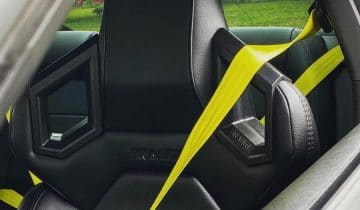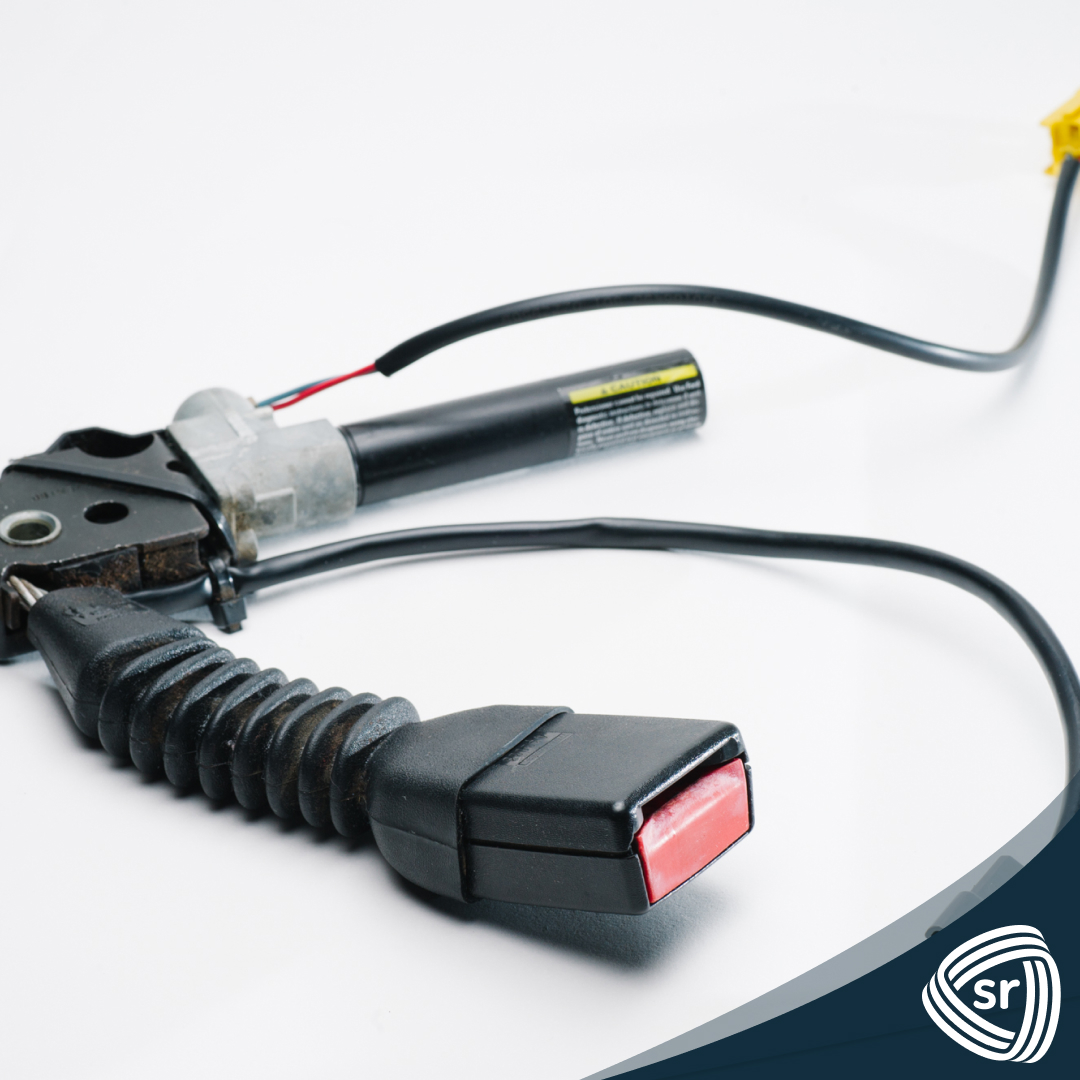Airbag recalls and injuries due to airbag deployment have somewhat tarnished their reputation. The truth is, seat belts and airbags remain incredibly effective safety features of any vehicle. Of course, as with any safety device, improper use can lead to injury.
This is part two of our two-part blog series about airbag safety tips. Make sure to read part one for a thorough breakdown of an airbag control system, along with the first three important tips that will help position your body for maximum airbag effectiveness.
Here are seven more airbag safety tips you should keep in mind:
1. Adjust The Steering Wheel
Some new vehicles in the market today include a telescopic steering wheel. This allows you to tilt the wheel up and down, depending on your preference.
Airbag deployment is most effective if it catches you at the widest part of your chest. If you can, tilt your steering wheel downward so you can avoid injuries to your face or neck.
2. Correct Hand Position
Your driving instructor likely taught you to keep your hands at the 10 and 2 o’clock position while driving. Tilting your hands to 9 o’clock and 3 o’clock can make a big difference in preventing airbag deployment injuries because your hands would be less likely to fly into your face upon impact.
3. Tilt Your Seat Back
Your chest should be at least ten inches away from the steering wheel at all times. Tilt your seat back to ensure that you are a safe distance and to make sure that the airbag will hit you at an angle instead of head-on.
4. Never Ignore Your Airbag Light
Every time you start your car, your airbag’s control system tests the airbag sensor circuit. If anything in the system is malfunctioning, your airbag light will turn on. If the light is blinking, it’s time to bring your car in for an airbag maintenance check to diagnose the problem and get it repaired immediately. Never drive your vehicle if your airbag light is on.
5. Ask About Airbag Maintenance
Airbags are meant to last throughout your vehicle’s life. However, if your car is a bit older, your manufacturer may advise you to change your airbags out. At your next appointment at the car repair shop, ask the technicians if you need to get your airbag module reset or replaced.
6. Keep Children In The Back Seat
All children under the age of 12 and individuals under 90 pounds should be seated in the back seat, no exceptions. The speed and force of a frontal airbag are too powerful for the body of a small child. Children should sit in the middle of the back seat and remain properly buckled in at all times.
7. Infants Should Face The Rear Of The Car
All infants and toddlers should ride in a rear-facing car seat until they reach the maximum height or weight allowed by that car seat. When they outgrow that, you should use a forward-facing car seat with a harness.
If your young child has outgrown their car seat but still cannot be buckled in snugly by the standard seatbelt, use a belt-positioning booster until they fit correctly. Remember, the lap and shoulder belts should keep your body strapped down for the airbags to be effective.
Conclusion
Airbags deploy at high speed to protect drivers and passengers from injury in the event of a collision. In the second part of a two-part blog series, we outlined seven out of ten airbag safety tips to help keep you and your passengers. Make sure to check our blog if you missed part one—it includes a thorough outline of how an airbag works, as well as three very important safety tips.
If you’re looking to have your airbag serviced, Safety Restore is here for you. We offer airbag module reset, seat belt webbing replacement, and seat belt repair, among many other services. Check out our website and add a service to your cart today!


